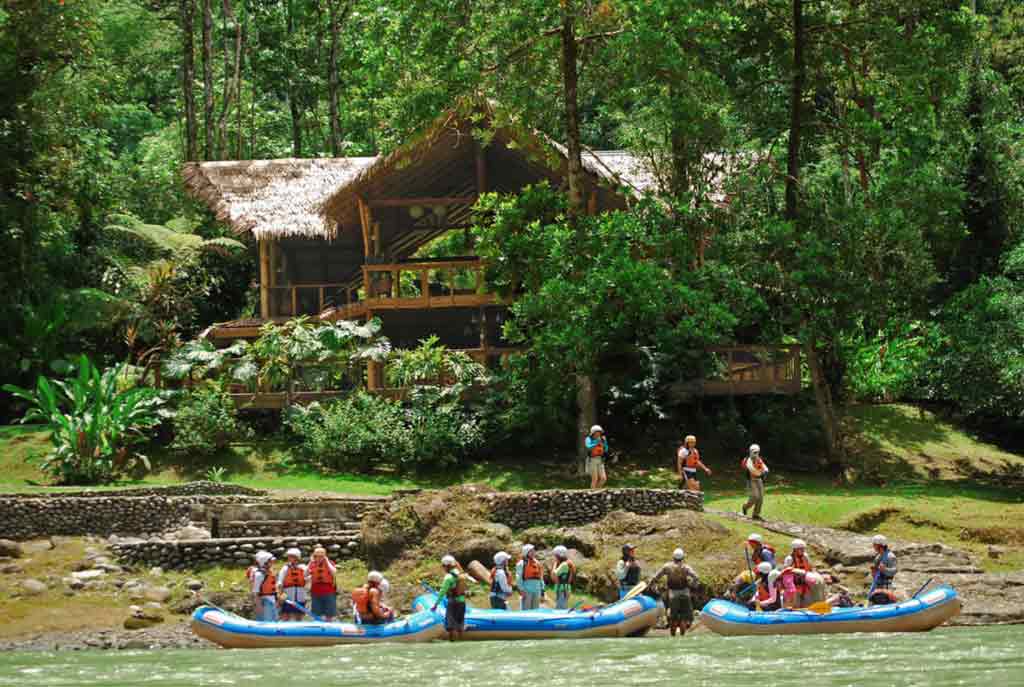Costa Rica Matures From Ecotourism Pioneer to Industry Leader


Costa Rica’s Minister of Tourism María Amalia Revelo maintains the country is able to sustain its reputation as an ecotourism pioneer despite visitations rising year on year since 2010.
The destination welcomed more than three million visitors last year and, in the first six months of this year, already chalked up a 4 percent increase in arrivals to 1.4 million compared to the first half of 2018. Eco-lodges and backpacker hostels in nature reserves, which formed much of its appeal in the early days, now jostle with cruise ships and all-inclusive resorts.
But Revelo, who heads Costa Rican Tourism Board (ICT), said Wednesday during Skift Global Forum in New York City that the country in fact is moving on from being just an ecotourism pioneer to one that embraces the wider vision of sustainability. And the only way to develop sustainable tourism, she said, is not just creating tourism wealth but distributing it and improving the quality of life for communities.

The cornerstone is to work closely with the private sector and to have a clear shared vision with the private sector on what type of tourism Costa Rica wants to have and to execute the plan consistently.
“We don’t measure our success anymore by the number of arrivals or the amount of foreign dollars tourism produced,” said Revelo. “We put an emphasis on the type of tourists we want to attract — families, couples, seniors, young people who will help us to take care of our nature.”
As well, Costa Rica is continuing to focus on developing small and medium size entrepreneurs. About 60 percent of hotels are properties with fewer than 40 rooms, she said, pointing out that this enables development to be spread all around the country. “You can’t have a five-star hotel in a one-star community,” said Revelo.
Similarly, instead of building big international airports, Costa Rica is making a big investment on developing small airports all around the country which gives tourists the possibility of exploring different regions, and different communities the opportunities to reap tourism rewards, she said.
This is why Revelo shows she isn’t too worried about carrying capacity or overtourism when queried by moderator, Skift’s global tourism reporter Rosie Spinks.
Speaking of the shift from destination marketing to destination management as arrivals grow, Revelo emphasized the importance of tourism dispersal. “At this point, we’re not turning away tourists but developing new areas. We’re still looking at growing but not a big number of growth, 5 to 6 percent per year. The most important thing is to distribute tourism [smartly]. Some areas are more fragile…others can support more tourists.”